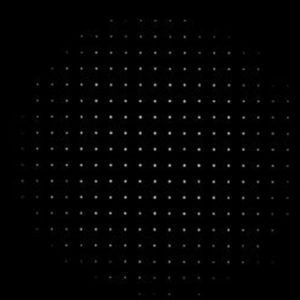TOmCAT.
Together with TNO, we are working on the TOmCAT project. One of the innovative elements of TOmCAT is its ability to pre-correct the laser light with adaptive optics. When light moves between the surface of the Earth and space, it gets distorted due to the fluctuations in the atmosphere. TOmCAT measures the distortion of the received laser light from the satellite, and by applying the inverse of this distortion to the transmitted light, a robust communication link can be established. To enable this, high speed adaptive optics technology is required.
At Demcon focal, we have experience with adaptive optics in different applications, such as atmospheric aberration correction and lens aberration correction in metrology systems. We use custom made Shack Hartmann sensors and deformable mirrors. The adaptive process can be described as follow:
- A SH sensor samples the wavefront of a beam by means of a microlens array
- The microlens array produces spots on the detector
- The sensor is read out using FPGA code, allowing fast responses
- The deformable mirror is used to optimize the wavefront
- A robust communication link is established

"shaping the future of telecommunication."
Combining the strength of TNO and Demcon has resulted into a promising wavefront sensor that can become a key element in laser satellite communication.
